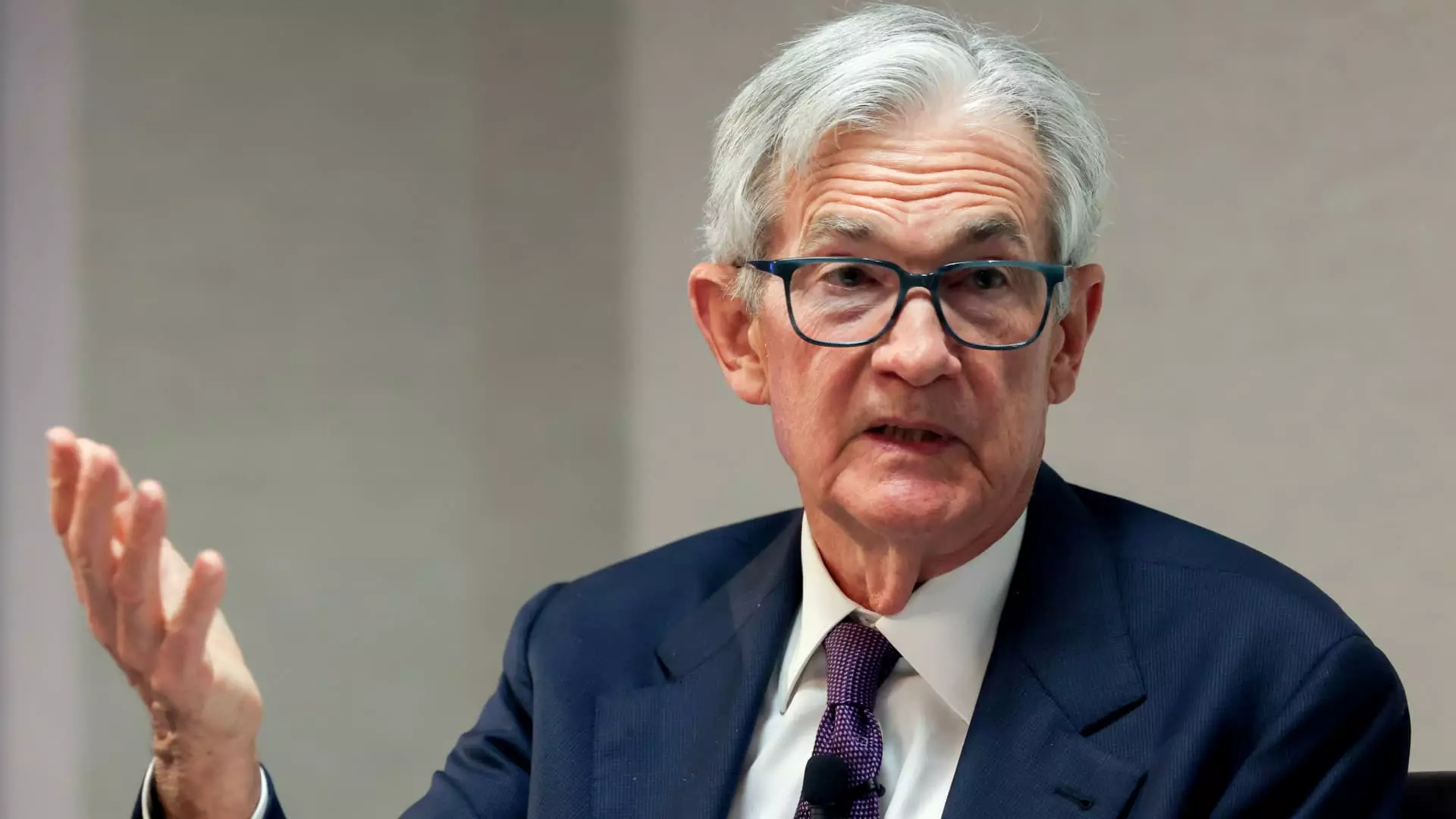Federal Reserve Chair Jerome Powell’s recent remarks highlight a growing concern that needs urgent attention: the economic ramifications of President Donald Trump’s tariffs. As tariffs loom larger in the public discourse, they are often discussed in isolation without acknowledging their broader consequences. Powell pointed out the uncertainty surrounding these trade sanctions, indicating a future where inflation rises and growth stalls. This concern should not be dismissed lightly, as it has the potential to impact not just Wall Street but Main Street as well.
The imposition of tariffs often leads to higher prices for consumers. When manufacturers face increased costs for imported goods, they don’t simply absorb those costs. Instead, they typically pass them on to the consumer, meaning families may face increased prices at the grocery store, restaurants, and retail shops. Historically, tariffs have shown they tend to act as a tax on consumers, eroding purchasing power and squeezing household budgets, especially for lower and middle-income families who feel price increases the most keenly.
The Myth of “America First” Economic Growth
While the Trump administration touts its “America First” agenda, it seems to neglect the realities of globalization and interconnected economies. The idea that tariffs will bolster American businesses and jobs is a misconception. As countries retaliate, American products may face higher costs abroad, resulting in decreased competitiveness in global markets. This could cause a domino effect, leading to layoffs and business closures domestically — undermining the very economic growth that tariffs are purported to support.
Moreover, the paradox of asserting national strength through tariffs is unsettling. In a global economy, reduction in trade fosters isolationism, ultimately harming American interests and innovation. Tariffs can lead to trade wars, where countries engage in tit-for-tat retaliations, resulting in a shrinking economic pie rather than shared growth.
The Fed’s Balancing Act
In a complex maneuver, Powell has expressed the necessity for the Federal Reserve to maintain balance amid this turbulent economic landscape. With inflation hitting an annual rate of 2.8%—exceeding the Fed’s 2% target—decisions about interest rate adjustments become even more nuanced. Higher interest rates could help mitigate inflation, but they risk pushing economic growth into a stall as borrowing costs rise for consumers and businesses alike.
The central bank’s cautious approach is warranted given the uncertainties surrounding tariffs and their long-term effects on pricing. With Trump urging rate cuts to stimulate growth, the Fed’s independence and credibility come under scrutiny. Will the Fed lead with data-driven policy or bend to political pressure? The outcomes of this dilemma weigh heavily on every American worker and investor alike.
Market Sentiment and Consumer Confidence
Consequently, the volatile market responses to tariff announcements have made investors jittery. The uncertainties that tariffs introduce into the financial markets do more than just disrupt trading; they also trickle down to the everyday consumer. When businesses and investors feel anxious, their hesitance can translate into reduced spending and investment, further slowing down economic growth.
Powell’s acknowledgment of consumer surveys revealing rising concerns about inflation and diminishing expectations for future growth is alarming. When consumers lose confidence, the economy’s backbone begins to weaken. High consumer confidence is pivotal for economic dynamism, yet current trends show that rising inflation fears are making the everyday American less optimistic. If this trend continues, it could set off a downward spiral that would be detrimental to the economy.
The Long-Term Reality: A Need for Strategic Vision
Powell’s remarks serve as a clarion call for both fiscal and monetary policy makers to re-evaluate their strategies. While short-term gains from tariffs might seem appealing, the long-term consequences may lead us down a perilous economic path. An unanchored inflation environment can have backlashes that last for years, affecting generations.
We need an integrated economic strategy that focuses on innovation, investment in human capital, and bolstering trade partnerships rather than sabotaging them with tariffs. Empowering American industries through support and incentives for adaptation in a global market is more effective than the self-defeating path of isolationism. The recovery will require not just sounding the horn against trade, but also fostering opportunity through collaboration and sustainable growth initiatives.
In this tumultuous interplay of fiscal policy and international trade dynamics, it is vital to remain vigilant and critical. The stakes are too high, given the interconnectedness of today’s global economy. As Powell leads the Fed, we must advocate for a resolved commitment to sensible economic strategies that do not jeopardize the welfare of American families and workers.

